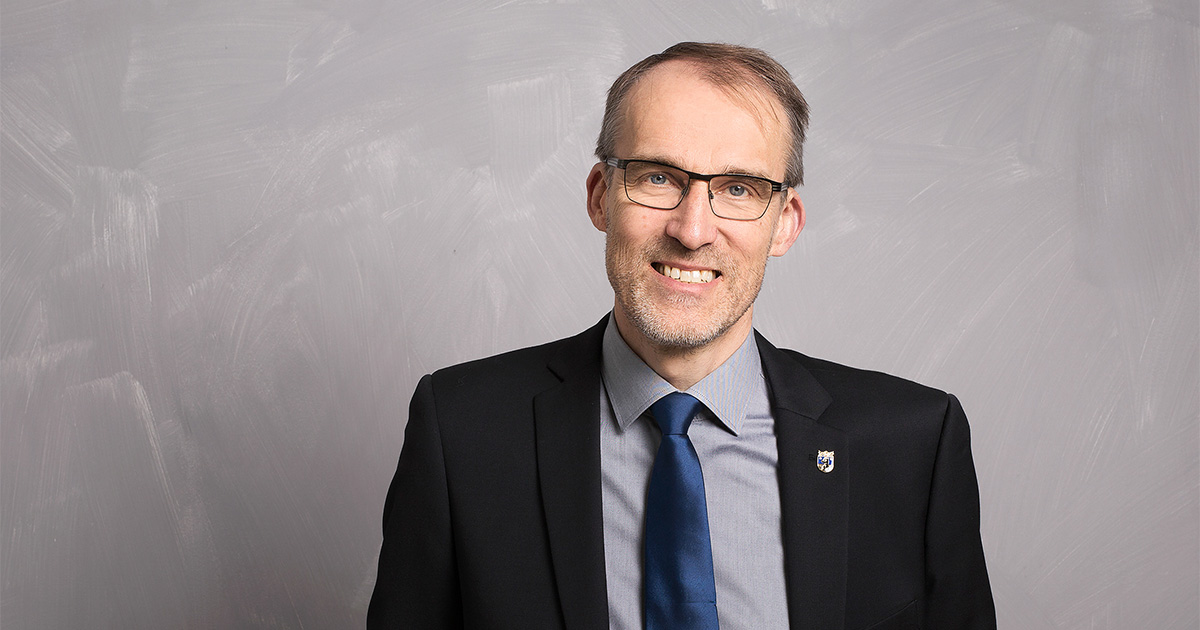The construction of Metsä Fibre’s new sawmill in Rauma offers a great opportunity to witness the renewal of Finnish forest and bioeconomy competence up close: it involves a lot more than an internationally competitive sawmill with cutting-edge technology.
It goes without saying that the Rauma area, the Satakunta region and the whole of western Finland are hugely benefiting from the sawmill investment of some 200 million euros that Metsä Fibre, as part of Metsä Group, decided to make in Rauma. The sawmill’s construction is now in the homestretch, and the project’s employment impact of around 1,500 person-years has gained further importance because of the coronavirus pandemic. When the sawmill comes online in the third quarter of 2022, it will directly employ 100 people, and its value chain will comprise another 500. All of these are new jobs.
Renewal enables the transition to more environmentally sustainable activities that can succeed in an international operating environment.
From a regional perspective, the decision to construct a sawmill in Rauma and the sawmill’s future operations will reinforce the accessibility of our region and strengthen its role as a national and international logistics hub. The sawmill will obtain its raw material from a wide area, which calls for a well-functioning trunk road and railway network, as well as a basic route network for safe and reliable traffic. With much of the sawmill’s production going to export markets, mainly to Europe and Asia through the Port of Rauma, port connections will play an increasingly strong and important role.
The new sawmill will be a worldwide forerunner in technology and efficiency. The mill is taking sawing technology to an entirely new level thanks to its high level of automation, machine vision and smart operations control. This also means the personnel’s expertise will be of key importance to Rauma sawmill’s future operating model, as the operations call for multiple and in-depth skills, as well as user maintenance. Such an environment will also present challenges and opportunities to the region’s educational and research institutions: operators in the region must strive to provide continuing education and professional development locally wherever possible, as well as to carry out any new measures required for operational development. This will ensure the sawmill’s positive multiplier effects also benefit the expertise and renewal of the surrounding business environment that provides services to the sawmill, as well as the area’s education, research, development and innovation activities.
I would like to conclude by highlighting the new sawmill’s significance to the entire bioproduct cluster and environmental sustainability. Wood is a renewable natural resource we can use to replace products made of fossil-based raw materials. The sawmill’s end products offer long-term carbon storage if they are incorporated into long-lived buildings and structures. Even now, side streams from sawing are used as raw material for many other bio-based products, but this is still a developing activity. The new Rauma sawmill will enable a more versatile utilisation of side streams in Metsä Fibre’s integrated bioproduct complex in Rauma, as well as in many other fields through research, development and innovation activities. I find this view of the future extremely appealing!
Main image: City of Rauma

